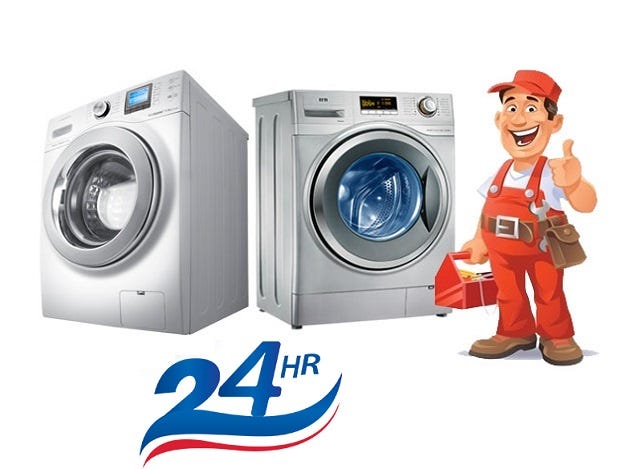Washing Machine Overloaded? How to Properly Load a Washer
When maybe a washer overloaded? Are you able to place that additional sweatshirt in with that giant load? Find out what quantity to load a washer and whether or not you have got an overloaded washer.
Washing machines aren’t created equal. Each top- and front-loaders will get your garments clean, however, there are variations in victimization them, specifically once you’re loading. You’re wasting energy and water if you run too small a load. However, overloading will result in an entire host of issues.
When you pack your washer too full, garments don’t have an area to agitate. Which will cause them to not get clean enough? However, it additionally means that all of these zippers and buttons and different things on your clothes will rub against and latch onto different clothes. The result can harmful of your favorite outfits. Another peril of overloading: orphan socks and lost underclothes. Admit it; you’ve wondered wherever the heck they’re going. If your machine is overloaded, it will force tiny things down the drain line.
As annoying as those things are, overloading also can harm your washer. Once that mountain of laundry gets wet, the additional weight will harm the parts and strain the motor to the purpose that it’d want a repair.
So, however full is just too full? If you’re packing the garments in tight, that’s the primary clue that you’re overloading your washer. Machines vary, therefore check your manual, however, a decent rule is to loosely load the garments and leave a minimum of six inches between prime the highest of a load of laundry and therefore the top of the drum.
How to Properly Load a typical Top-Loader Washer
It’s all concerning the troubles that sit within the center and moves the garments around. Loading laundry around the agitator in a very balanced method is that the key to the total operation. If your load is unbalanced, it will cause vibrations strong enough to truly move the machine that in turn will result in a costly repair.
Some key points to remember:
• Add your garments as equally as you’ll round the agitator.
• Contrary to fashionable belief, you shouldn’t twist sheets and towels around the trouble. Instead, place them on either side to assist maintain a balanced load.
• It’s okay to combine giant and tiny things. You’ll up the ante on the laundry action.
How to Properly Load a High-Efficiency Top-Loader Washer Here are some key variations between High Efficiency and commonplace washers: HE models use less water (hence the name) and infrequently don’t have middle troublers.
Follow these tips to avoid overloading:
• Place your garments around the edges of the wash plate instead of column them within the center of the washer. That way, your T-shirts and jeans are able to move around and obtain clean.
• If you’re stuffing your garments in, your load is just too massive. Leave about 6 inches from the highest of the machine.
• It’s a decent plan to combine giant and tiny things. It helps the load to keep balanced.
How to Properly Load a High-Efficiency Front-Loader Washer
These models use the least amount of water — 20 gallons or less, compared to forty or a lot of for older, commonplace washers.
• One key to properly loading your front-loader is to place your garments in it one at a time. This way, you’ll check that you’re not tangling them up.
• Keep it loose. Don’t pack garments into the washer. Leave about half a foot at the highest.
• Front-loaders fill very cheap of the washer with water and rotate the garments around. If you’ve got heavily dirty items, load them 1st. That way, they’ll be in-tuned with the water and detergent the longest.
Follow these tips to avoid overloading your Washing Machine in Jodhpur city — and facilitate stop harm to your covering, lost socks, and unnecessary repairs. If you face any problem with your washing machine then call us India Repair Services at 8740807777, 8740907777 we will help you.



Nice article thanks for sharing
ReplyDeleteWashing Machine Service and Repair Medavakkam